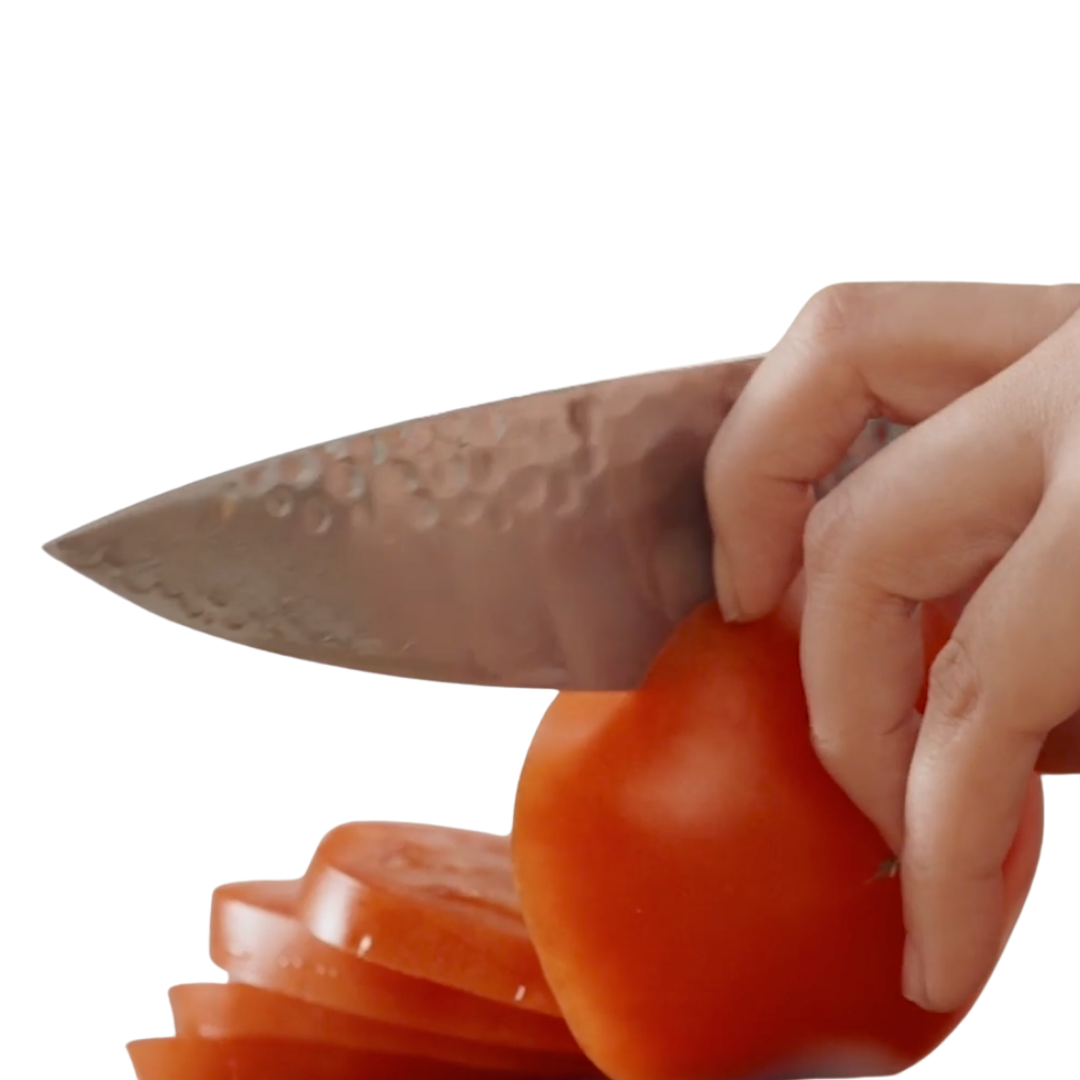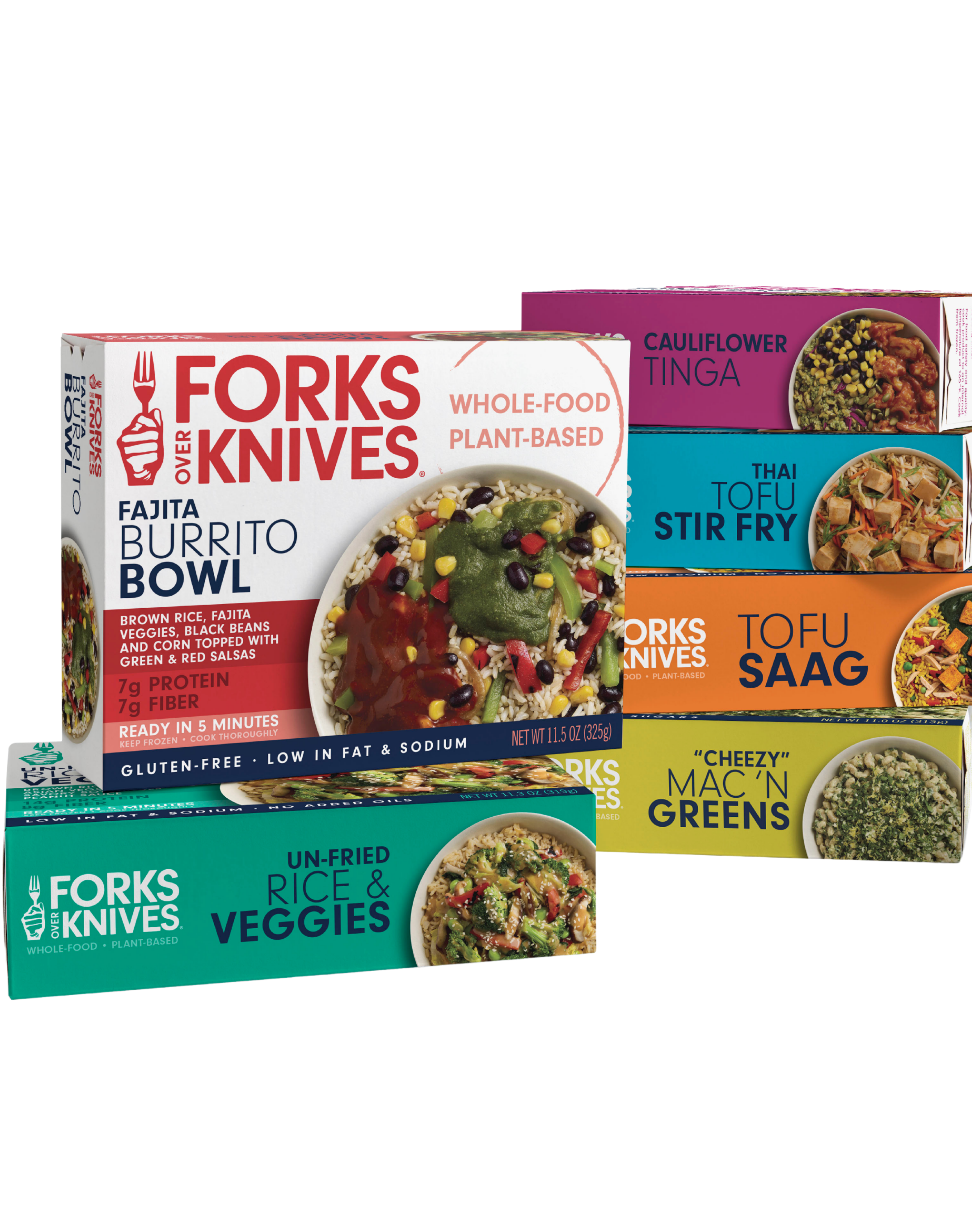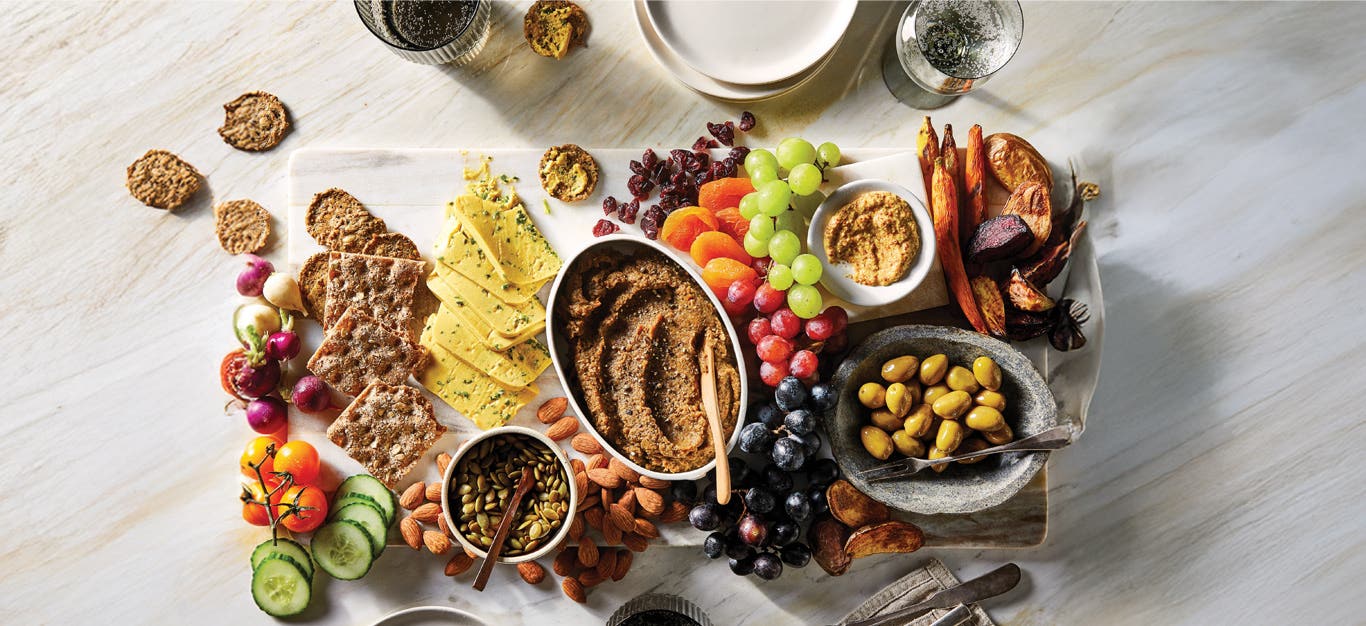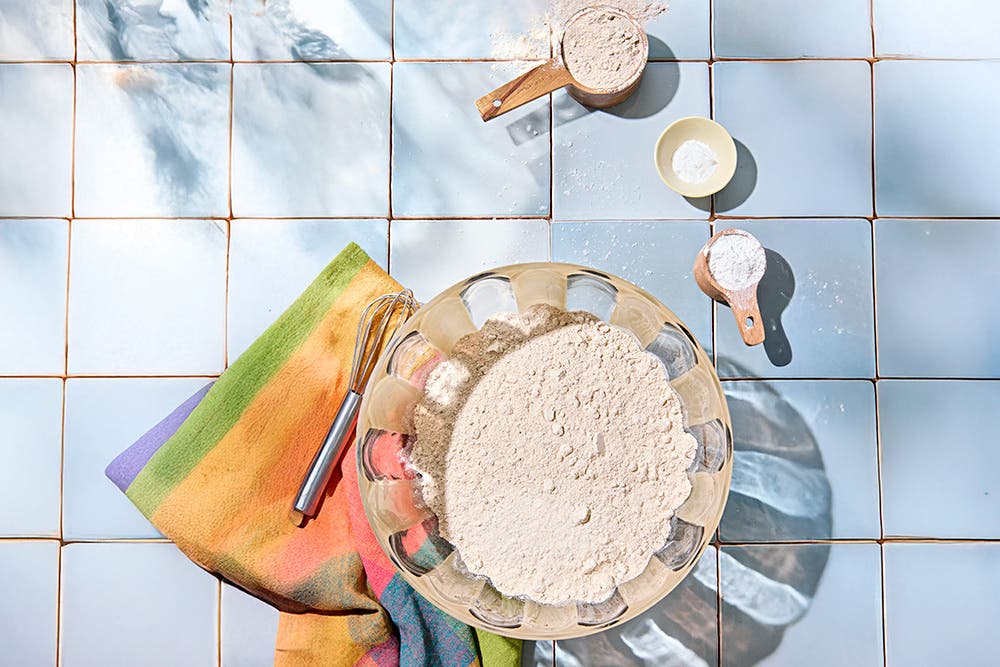What cook hasn’t yearned for the fresh flavor of spring’s first asparagus or peas, or the juicy sweetness of locally grown strawberries? They’re just two of the luscious produce items that make their yearly debut when the weather first begins to warm up. Read on for a full list of fruits and vegetables in season in spring, along with recipes to try them in.
IN-SEASON VEGETABLES
- Arugula
- Artichokes
- Asparagus
- Beets
- Carrots
- Fava beans
- Fresh herbs
- Kale, collards, mustard, and turnip greens
- Kohlrabi
- Lettuce
- Morels
- New potatoes
- Nettles
- Peas, sugar snap peas, and pea shoots
- Radishes
- Ramps/wild garlic
- Spring onions/green onions
- Spinach
- Swiss chard
IN-SEASON FRUITS
SPRING VEGETABLES
The following vegetables are in season during the spring.
ARUGULA
The peppery salad green is especially good when paired with springtime vegetables, as it is in our Mediterranean Shaved Asparagus Salad.
Selection Choose bags, boxes, or bunches of leaves that show no signs of browning, wilting, dampness, or spoilage.
Storage Store arugula in the fridge, but protect it from cold temperatures by placing it in a paper or mesh bag. Wilted arugula can be refreshed by soaking it 15 minutes in a bowl of cold water.
ARTICHOKES
The spiky globes we eat are the buds of a perennial thistle that are harvested before they bloom, first in the spring, then again in the fall. Steamed, whole artichokes make healthy, elegant starters, and they’re delicious paired with a bowl of soup as a light supper. Learn more about artichokes and get recipe ideas in our guide Ingredient IQ: Artichokes.
Selection Choose artichokes with thick leaves that cling tightly to the head and “squeak” when rubbed. A little browning on the leaf tips is OK, but avoid artichokes with brown stripes, spots, and droopy leaves.
Storage Artichokes are actually the flowers of a thistle plant, and like most flowers they like cool, humid conditions. Store in the crisper drawer or in a sealed container in the fridge for three to five days.
ASPARAGUS
The springtime bounty of tender asparagus spears extends through early summer. Shave asparagus into ribbons for an elegant salad or coat and roast spears for a tasty snack.
Selection Select bright green spears with tight heads that don’t look limp or soggy. Asparagus size is a matter of preference: Choose thick spears for roasting and thinner spears for quick steaming. Check the tips and ends. Ultra-fresh asparagus tips will have a slightly purplish hue. Ends that look pale or woody will be fibrous and tough.
Storage Store spears like a bouquet of flowers. Trim asparagus ends, then place ends-down in a large jar of water in the fridge for up to three days.
BEETS
Give beets a chance: One of the sweetest vegetables around, beets make an excellent addition to salads and are especially delicious when roasted. Learn more about the vibrant veggies, including recipes to try, in our guide to beets.
Selection Select small to medium beets. (Larger beets will be more fibrous and less sweet.) They should be plump and firm, with smooth, undamaged skin. Check any greens attached. They should look perky. Limp, wilted greens have already started tapping the attached beets for moisture.
Storage Cut away greens and taproots, as these will pull away moisture. Store in the fridge crisper up to two weeks.
CARROTS
Carrots grow best in the cool temperatures of spring and fall. Spring carrots are especially sought-after for their sweetness. The tapered vegetables can do almost anything: dips, cakes, soups, salads, and even hot dogs. Check out our roundup of carrot recipes for all of the above.
Selection There should be no signs of wrinkling or molding. Check any greens attached. They should look perky. Limp, wilted greens have already started tapping the carrot for moisture.
Storage Remove tops or leaves, and store in the fridge crisper up to two weeks.
FAVA BEANS
Spring is the only season you’ll find fresh fava beans, also called broad beans, so jump on the occasion to enjoy the large, oval legumes that have a pea-like flavor and a creamy texture.
Selection Look for plump, firm, moist pods with no signs of browning. Smaller fava beans are tender enough to eat raw; larger beans will need to be peeled, but they will hold their shape better when cooked.
Storage Refrigerate whole pods of fava beans for up to a week. Hulled beans can be frozen raw for future use.
FRESH HERBS
Spring’s the time when a wide variety of fresh herbs start showing up at farmers markets, and also the season when standards like parsley and cilantro are at their tender, fragrant best. Check out our guide to pairing fresh herbs and produce for some winning combos.
Selection When buying fresh herbs, select bright green bunches with thin, tender stems and no signs of yellowing or browning. Check the stem bottoms. They should be bright and firm, not brown and gooey.
Storage Store like a bouquet for five to seven days in a jar or vase filled with water on the counter or in the fridge (except basil, which gets brown in the fridge). Change the water regularly.
KALE, COLLARDS, MUSTARD, AND TURNIP GREENS
The cool temperatures of spring keep bitter greens tender and sweet. April, May, and June are also prime season for baby versions of these leafy greens. Check out our individual guides to collard greens and kale for more tips and tricks.
Selection Look for lush, full leaves that aren’t wilted or yellowing. Test for tenderness by rubbing a leaf between your fingers; if it feels tough or fibrous, it probably will be, even after cooking. These greens are fairly interchangeable in recipes, so if the greens called for in a recipe don’t look great in the store, feel free to make a substitution.
Storage Stem, wash, and dry greens when you bring them home, then store them wrapped in dry paper towels or in a lidded container for three to five days. Wilted greens can be re-plumped with a 15-minute soak in a bowl of cold water.
KOHLRABI
This bulbous member of the cabbage family is a cool-weather crop that’s grown and harvested in spring and fall. Sliced, or grated, kohlrabi adds sweet crunch to salads.
Selection Choose firm, small bulbs with vibrant greens attached. Avoid kohlrabi that looks dry or shows signs of cracking. Peel before using and reserve the leaves, which can be prepared like other greens.
Storage Place kohlrabi in a paper bag, and refrigerate for up to seven days.
LETTUCE
Lettuce is available all year round, but it peaks in spring and early summer. Follow the general shopping and storage tips here, or check out our comprehensive guide to lettuce for the scoop on different varieties and how to choose and use them.
Selection Select greens that look crisp, dry, and ruffly with no browning, yellowing, or wilting leaves. Check for symmetrical heads that haven’t had outer leaves trimmed away. The cut stem end should look dry with only a little browning.
Storage Store whole in a large mesh or paper bag in the crisper drawer for up to three days. Washed and dried leaves will keep for up to three days in the fridge. Remove any wilting or browning leaves.
MORELS
Honeycomb-capped morels are a gourmet delicacy and have a short season from March to May. They can be used in or added to cooked mushroom recipes (do not eat them raw) to impart an intense, earthy taste. To fully experience their flavor, try them in simple dishes like a Mushroom and Green Pea Risotto. Learn more about morels and other flavorful fungi in our comprehensive guide to mushrooms.
Selection Choose plump morels with moist, firm stems. The darker the color, the deeper the flavor. Avoid any that look damp or slimy—they will spoil quickly.
Storage Place unwashed morels in a breathable (mesh or paper) bag and store in the fridge for 1 to 2 days.
NEW POTATOES
New potatoes are harvested in spring when their skin is paper thin and their flesh is firm and flavorful. Try them in potato salad, and check out our guide to new potatoes for a deep dive.
Selection Select firm, smooth-skinned potatoes that don’t show signs of sprouting, cuts, or black spots. If you plan to cook potatoes in batches, look for same-size tubers that will cook in the same amount of time.
Storage Store at room temperature in a cool, dark cupboard or drawer for up to three months. Refrigeration can affect potatoes’ color, flavor, and texture by causing their starches to convert to sugars.
NETTLES
Stinging nettles have a deep, sweet, spinach-y flavor when cooked. You can learn everything you need to know about this wild edible from FOK contributor Sharon Palmer, MSFS, RDN.
Selection Look for bunches of bright green leaves with tender stems and no blooms. Wear kitchen gloves when handling and rinsing. Heat exposure (e.g., boiling, blanching, sautéing) removes the sting.
Storage Transfer nettles to a paper or fabric bag (not mesh—their prickly hairs will catch your skin!), and store in the fridge for up to 3 days. Blanched nettles can also be frozen like spinach.
PEAS, SUGAR SNAP PEAS, AND PEA SHOOTS
Peas are a simple way to bring subtle sweetness to casseroles and pasta dishes, but did you know they can also be blended into delicious sandwich spreads and even hummus? Sugar snap peas add a bit of crunch to grain-and-veggie bowls or creamy pasta dishes. Young, tender pea shoots are a sweet springtime addition to salads and stir-fries.
Selection Select firm, full, small- to medium-size pods that are a uniform bright green. Check the tips: Just-picked pods will have ends that are green and look fresh, not brown or dry. If buying shelled peas at the farmers market, ask when they were shelled. Once out of their pods, peas’ natural sugars quickly turn to starch, which can make them mealy.
Storage Store peas and sugar snap peas in a breathable (mesh or paper) bag in the fridge crisper drawer to allow humidity to circulate without trapping moisture. Shell or stem just before eating.
RADISHES
Spring radishes aren’t just red; they come in a rainbow of varieties with names such as watermelon and purple plum. Their piquant crunch works well in salads, salsas, and sandwich toppings. Radishes can also be braised or roasted like turnips and potatoes. Enjoy them with other root veggies in Linguine with Root Vegetable Ribbons.
Selection Look for medium-size, vibrantly hued radishes with no cracks (a sign they’ve been in storage too long) or indications of spoilage.
Storage Place in a breathable (mesh or paper) bag in the fridge crisper drawer to allow humidity to circulate without trapping moisture. Save any greens; they can be cooked like kale or spinach.
RAMPS/WILD GARLIC
Get these wild members of the allium family while you can. The leaves and bulbs can be switched in for green onions and used like any other fresh herb. Try substituting ramps for basil to make a springtime pesto.
Selection Choose bunches of full, bright green leaves with or without bulbs.
Storage Wrap in damp paper towels and place in a resealable container. Use quickly as these wild edibles do not keep long.
SPRING ONIONS/GREEN ONIONS/SCALLIONS
The fresh, mild flavor of young onions is essential to salsas and Asian dishes like a Crispy Tofu and Veggie Stir Fry. Green onions and scallions are two names for the same, pencil-thin vegetable. Spring onions have white or red bulbs that are wonderful roasted or grilled whole.
Selection Choose onions that look firm with lots of green. The tips should be pale white, with no browning.
Storage Wrap in a damp paper towel, and place in a resealable container for optimum freshness for up to a week.
SPINACH
Is there anything you can’t make with spinach? The tender, leafy green makes its way into smoothie bowls, salads, and heartier entrees such as our Spinach-Apricot Salad with Spiced Lentils. It’s an essential part of our Dairy-Free Spinach and Artichoke Dip. It even makes a great pizza topping.
Selection Opt for baby spinach in raw recipes, and large, dark green mature leaves for cooked dishes.
Storage Place unwashed spinach leaves in a resealable plastic container lined with paper towels to prevent moisture from accumulating. Refrigerate up to five days.
SWISS CHARD
Summer may be Swiss chard’s banner season, but it’s harvested throughout the year and not only tolerates cold temperatures well but can taste even better when grown in the cold. Chards’ sturdy, curled leaves make it great for stuffing with tasty fillings, as in our Millet-Stuffed Chard Rolls. For more tips and recipes, check out our guide to Swiss chard.
Selection Choose bunches or bags of leaves that are deep green and show no signs of yellowing. Check the stems: thick stems indicate firmer leaves that are better for cooked recipes, like a Lentil, Chard, and Sweet Potato Curry. The ribs and the leaves of chard can both be eaten, but it helps to separate them before cooking, because the ribs will need more time in the pan. Tender-stemmed young leaves are best used raw in salads and grain bowls.
Storage Loosely wrap unwashed in a paper towel, and store in a resealable bag or container in the refrigerator for up to five days. Wilted leaves can be refreshed by soaking them for 15 minutes in a large bowl of cold water. Or you can just cook them; wilting won’t affect the flavor.
WATERCRESS
The pungent, sharp flavor of watercress is similar to arugula, but the leaves and stems have more crunch. Wild watercress can be especially peppery and may need to be cooked.
Selection Watercress is usually sold in bunches or hydroponically grown clusters with the roots still attached. Hydroponic watercress will be milder and more tender than the dark green bunches. Avoid watercress that looks wilted or has started to yellow.
Storage Loosely wrap unwashed in a paper towel, and store in a resealable bag or container in the refrigerator for up to five days. Wilted leaves can be refreshed by soaking them for 15 minutes in a large bowl of cold water.
SPRING FRUITS
The following fruits are in season in spring.
GRAPEFRUIT
Though predominantly associated with winter, you can continue to find lush, juicy grapefruit well into the spring months, offering a burst of color before the first warm-weather fruits arrive. Grapefruit makes a wonderful addition to salads and grain dishes such as our Freekeh Tabbouleh with Grapefruit. Check out our guide to grapefruit for even more tips!
Selection Choose white or yellow grapefruits for more tart flavor, red for more sweetness. Pink varieties fall somewhere between the two. Perfectly ripened grapefruit has slightly flattened sides and a healthy sheen on its skin. The fruit should feel heavy in your hand.
Storage Keep one or two grapefruits in a fruit bowl at room temperature to be eaten right away. For longer storage, place in the fridge for up to two months.
LEMONS
Eureka and Lisbon lemons are the common types you’ll find in spring and year-round, though they may not be labeled as such. All lemons are interchangeable in recipes.
Selection Choose lemons that feel heavy (a sign of juiciness) and show no signs of molding or browning. Most lemons are harvested green, then ripen to yellow, so a greenish hue may just mean that the lemons have not been artificially ripened. When using lemon zest, opt for organic lemons to avoid exposure to pesticide residues.
Storage Store lemons on the counter for up to a week and in the refrigerator for up to a month. Whole lemons are easier to juice at room temperature. (Another trick is to warm them in a microwave for 10 seconds.) To make the most of peak-season lemon flavor and specialty varieties, freeze lemon juice and zest for future use.
MANGOES
Mangoes can be found year-round, but the widest selection of varieties is available during the spring months. They blend up into sweet, thick purées that can be turned into luscious desserts like Mango-Lime Tart and Easy Vegan Mango Ice Cream. For more info on different types of mangoes, check out our complete guide.
Selection Avoid over-ripe fruit that feels soft and/or has lots of freckles or large black spots on the skin. Unripe mangoes will ripen at room temperature, like avocados.
Storage Store at room temperature until fully ripe; then transfer to the fridge for up to 5 days.
PINEAPPLE
Pineapples can be tasty year-round thanks to imports from growing regions around the globe, but peak season stretches from March to July. Get to know the tropical fruit’s savory side with BBQ Cauliflower and Pineapple Pizza, Pineapple Teriyaki Burgers, or any of our favorite pineapple recipes.
Selection Take a whiff of the pineapple stem; it will smell sweet and fragrant when the fruit is ripe. Other ripeness signs include a yellow-gold color around the eyes and at the base.
Storage Avoid refrigerating whole pineapples until they are very ripe. Cut pineapple should be kept in the fridge.
RHUBARB
The tart, celery-like stalks of the “pie plant” pair beautifully with apples, berries, and other sweet, juicy fruits. Velvety-soft cooked rhubarb is luscious in Strawberry-Rhubarb Oatmeal. You can also finely dice rhubarb and add it to salads for a surprising hit of tart flavor. Learn more in our guide to rhubarb.
Selection Pick small- to medium-size stalks that are reddish pink; larger stalks may be stringy.
Storage Remove and discard the leaves (which contain high amounts of oxalic acid and are poisonous), then store the stalks like celery in the crisper drawer. Freeze raw, chopped rhubarb for future use.
STRAWBERRIES
Sensational on their own, sweet, perfectly ripe strawberries dress up any recipe. Scatter a few into a salad, blend them into a colorful gazpacho, or simply pile them on top of puddings and parfaits. For a deeper dive on the springtime jewels, including recipes to try, check out our comprehensive guide to strawberries.
Selection Select vibrant, evenly colored berries that show no signs of softening. Small hairs on the berries indicate extra freshness: These get brushed away with long storage and repeated handling. Check bottoms of containers for “weeping” juice—a sign that some berries may be crushed or starting to mold.
Storage Store strawberries uncovered in the fridge for up to three days. Wash only when ready to eat. Water rinses away delicate berries’ protective coating, and moisture speeds molding.
Related News
Get Our Best Price On The Forks Meal Planner

Forks Meal Planner takes the guess work out of making nutritious meals the whole family will enjoy.
Master Plant-Based Cooking!

Our new course features over 100 lessons, 50+ recipes, downloadable guides, and more!
New Frozen Meals!

Introducing our new frozen meals: Doctor-recommended, chef-crafted, & ready in minutes.




